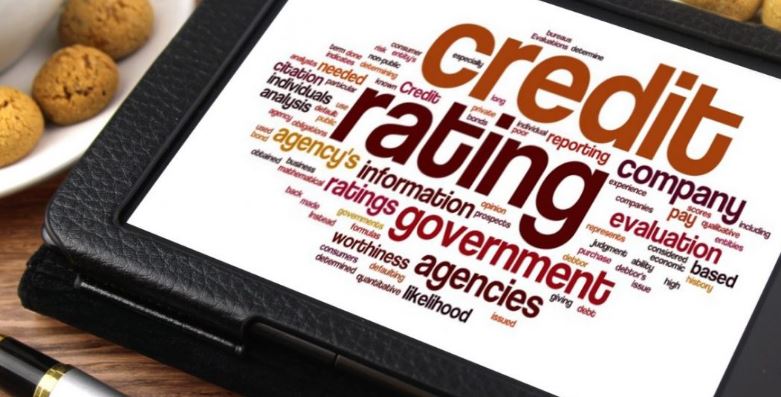How Credit Ratings Influence Effect Equity Returns in the UK Financial Market (2014)
Credit Ratings and Equity Returns Dissertations – Empirical evidence shows that low credit risk firms experience higher returns than high credit risk firms. This observation has bemused researchers as it contradicts one of the founding principles in finance, that investments with higher risks are able to command higher returns. This principle currently underpins asset pricing theory, as well as informing investment management and risk management practices. This event study investigates how credit rating changes on corporate debt effect equity returns (stock prices). The objectives of this study are to:
- Determine whether or not rating changes do indeed affect equity returns
- Determine whether or not any observed effects are equal for upgrades and downgrades
- Ascertain whether the industry of a firm is significant in determining equity returns in response to rating changes
- Ascertain whether the type of rating change, whether in-class or across-class, is significant in determining equity returns in response to rating changes
There are several reasons of interest for conducting this study. Firstly, if rating changes do significantly affect equity returns, and if investors are able to predict a rating change, as suggested by Pinches and Singleton (1978), they would be able to exploit this relationship in the capital markets to make abnormal returns. This has implications regarding potential investment strategies as well as the validity of the efficient market hypothesis (EMH). Secondly, financial theory breaks down somewhat when trying to explain what is observed from the empirical evidence.
Therefore additional research is necessary to further understand why current financial theory is inadequate in this area. Finally, studies of this nature also consider the role of credit rating agencies (CRA’s) in capital markets by examining the information value of rating announcements. This study briefly looks at the credit rating industry and how the use of credit ratings has evolved over time. The methodology of the study involves using a market model to calculate abnormal returns. This study also attempts to determine what factors influence abnormal returns by conducting regression analysis on abnormal returns.
Consistent with the existing literature, the results show that downgrades experience significant negative abnormal returns, whereas abnormal returns are insignificant for upgrades. Furthermore, the results suggest that the industry of a firm, as well as the type of rating change, may influence abnormal returns.
- 13,000 words – 50 pages in length
- Good use of literature
- Excellent analysis of subject area
- Well written throughout
- Ideal for finance students
1 – Introduction
2 – Review of the Credit Rating Industry
Credit Rating Agencies
Credit Ratings
Importance of Performance of Credit Rating Agencies
The Role of Credit Ratings in Capital Markets
Ratings Inflation
Conflicts of Interest
3 – Literature Review
U.S Studies
Non-U.S Studies
Discussion
The Relationship between Credit Ratings and Stock Prices
Theoretical Review
Information Content Hypothesis (ICH)
Efficient Market Hypothesis (EMH)
Market Anticipation
Wealth Redistribution Hypothesis (WRH)
The Signalling Hypothesis
4 – Hypotheses
Hypothesis Tests
Abnormal Returns
Cumulative Abnormal Returns
5 – Methodology and Data
Calculations of returns
Contaminated versus Non-Contaminated
Regulated versus Non-Regulated
Cross-sectional analysis
Data
6 – Results
Cross-Sectional Analysis
Summary of Results
Limitations of the Study
7 – Conclusions
Bibliography
Appendix
Credit Ratings
Distribution of Abnormal Returns
Cross-Sectional Analysis

